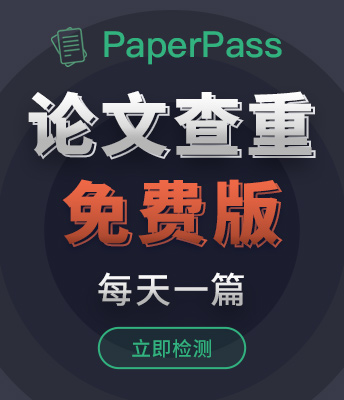- 钛学术文献服务平台 \
- 学术期刊 \
- 综合期刊 \
- 其它期刊 \
- 数据与情报科学学报:英文版期刊 \
Usage Count: A New Indicator to Detect Research Fronts
Usage Count: A New Indicator to Detect Research Fronts
基本信息来源于合作网站,原文需代理用户跳转至来源网站获取
摘要:
Purpose:Research fronts build on recent work,but using times cited as a traditional indicator to detect research fronts will inevitably result in a certain time lag.This study attempts to explore the effects of usage count as a new indicator to detect research fronts in shortening the time lag of classic indicators in research fronts detection.Design/methodology/approach:An exploratory study was conducted where the new indicator 'usage count' was compared to the traditional citation count,'times cited,' in detecting research fronts of the regenerative medicine domain.An initial topic search of the term 'regenerative medicine' returned 10,553 records published between 2000 and 2015 in the Web of Science(Wo S).We first ranked these records with usage count and times cited,respectively,and selected the top 2,000 records for each.We then performed a co-citation analysis in order to obtain the citing papers of the co-citation clusters as the research fronts.Finally,we compared the average publication year of the citing papers as well as the mean cited year of the co-citation clusters.F indings:T he citing articles detected by usage count tend to be published more recently compared with times cited within the same research front.Moreover,research fronts detected by usage count tend to be within the last two years,which presents a higher immediacy and real-time feature compared to times cited.There is approximately a three-year time span among the mean cited years(known as 'intellectual base') of all clusters generated by usage count and this figure is about four years in the network of times cited.In comparison to times cited,usage count is a dynamic and instant indicator.Research limitations:We are trying to find the cutting-edge research fronts,but those generated based on co-citations may refer to the hot research fronts.The usage count of older highly cited papers was not taken into consideration,because the usage count indicator released by Wo S only reflects usage logs after February 2013.Practical implications:T

推荐文章
S-Detect技术在乳腺超声检查中的诊断性能
乳腺肿块
S-Detect技术
计算机辅助诊断
Time-to-Count方法扩展GM计数管量程的实验研究
量程扩展
Time-to-Count方法
脉控高压驱动
时间间隔测量
内容分析
关键词云
关键词热度
相关文献总数
(/次)
(/年)
文献信息
| 篇名 | Usage Count: A New Indicator to Detect Research Fronts | ||
| 来源期刊 | 数据与情报科学学报:英文版 | 学科 | 文学 |
| 关键词 | 英语 阅读 理解 情报科学 | ||
| 年,卷(期) | 2017,(1) | 所属期刊栏目 | |
| 研究方向 | 页码范围 | 89-104 | |
| 页数 | 16页 | 分类号 | H31 |
| 字数 | 语种 | ||
| DOI | |||
五维指标
引文网络
引文网络
二级参考文献 (0)
共引文献 (0)
参考文献 (0)
节点文献
引证文献 (0)
同被引文献 (0)
二级引证文献 (0)
2017(0)
- 参考文献(0)
- 二级参考文献(0)
- 引证文献(0)
- 二级引证文献(0)
研究主题发展历程
节点文献
英语
阅读
理解
情报科学
研究起点
研究来源
研究分支
研究去脉
引文网络交叉学科
相关学者/机构
期刊影响力
数据与情报科学学报:英文版
主办单位:
中国科学院国家科学图书馆
出版周期:
季刊
ISSN:
2096-157X
CN:
10-1394/G2
开本:
出版地:
北京市中关村北四环西路33号
邮发代号:
82-563
创刊时间:
语种:
出版文献量(篇)
445
总下载数(次)
1
期刊文献
相关文献
推荐文献

 免费查重
免费查重










